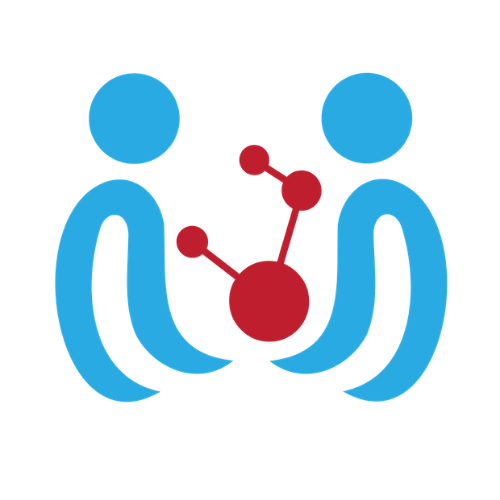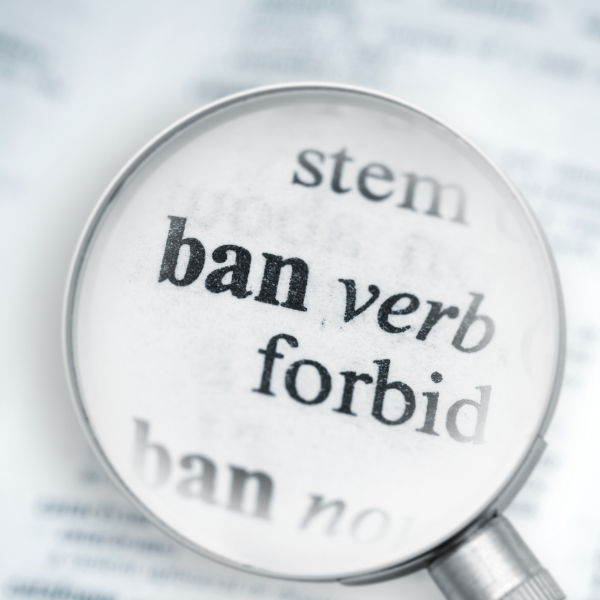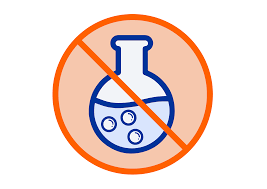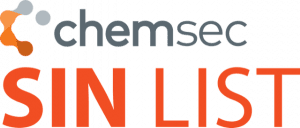When you travel out of the country, there are items you are prohibited to carry across the border (such as firearms, plants and seeds) and there are items you may bring across, but there is a limit on the amount (such as alcohol and cigarettes). This is very similar to chemical banned and restricted lists. Some governments have banned and restricted chemical lists in place. However, some downstream customers have also come up with their own lists. These are not necessarily required by law, but are typically framed as a condition for doing business with them. In an effort to reduce some of these differing customer lists, some groups have combined forces and created their own lists that can be used by all within the industry.
In last month’s blog we discussed what to do when customers send you regulatory questionnaires. This month, let’s focus on two of these specific industry lists. We will focus on a chemical list created for the automotive industry, called the GADSL, and a list created by ChemSec, called the SIN list.
GADSL: Global Automotive Declarable Substance List. The GADSL covers substances expected to be present in a vehicle at point of sale. The objective is to reduce the environmental impact throughout the life cycle of the vehicle. It is intended to help facilitate compliance with current and future regulations and to ensure sustainable products. There are over 3000 substances listed. It’s important to note that the GADSL list covers both Prohibited and Declarable substances. Therefore, it’s essential to understand how to use the GADSL Reference List. If the substance is classified as “P” for Prohibited, then at least one market or region has restricted the use of this substance. Further investigation would be required to determine whether it may be used, but at a minimum it should be reported when above the reporting threshold. If the substance is classified as “D” for Declarable, then you must report its presence when above the defined threshold. The purpose here is for informing downstream customers of its presence because the substance may require reporting as part of a regulation, it might be under assessment for possible restriction, or information is being collected on the substance.
SIN: Substitute it Now List, developed by ChemSec, a non-government organization (NGO). This is a list of hazardous chemicals that are used in a wide variety of articles, products and manufacturing processes around the world, and it is their suggestion that you remove these chemicals from your products. There are close to 1000 substances on this list. The premise is that the various chemical legislations around the world only deal with some of the hazardous substances in use because regulations can be slow in developing. Since this list was created by an NGO, they use an advisory committee to create and update the list. It can be considered as a starting point for any company that is interested in improving sustainability by substituting hazardous chemicals with safer alternatives. I found their short video to be entertaining while it emphasizes that the SIN list is a complete list of chemicals that are not allowed into “The Product”.
The above lists are considered industry lists and as such are not mandated by law. However, if you want to have good relationships with your customers, it requires good stewardship practices and that includes good communication about the presence of substances in the products you are selling.
Are there other lists you would like us to review?
The global product stewardship and regulatory landscape can be complex and challenging. At Strategic Realm Consulting, we will help you find the right cost-effective solution that meets your needs. Then we will train your personnel to keep the process evergreen. Contact us for more information.



